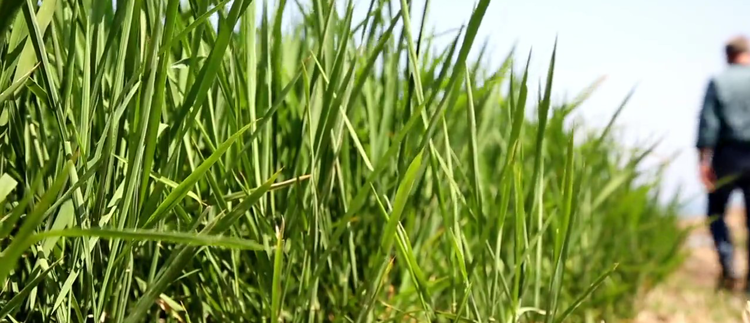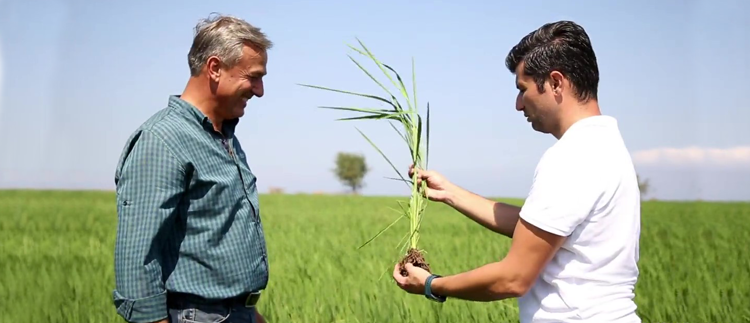Drip irrigation - Changing the Way Rice is Grown Sustainably in Turkey
Turkey has 28 million hectares of arable land, of which only 33% has access to water for irrigation. Agriculture is heavily dependent on irrigation and consumes about two thirds of available water resources. Uneven distribution of water resources, fragmented land, adverse climate conditions, sub-optimal irrigation and agricultural practices further add to the challenge. The introduction of efficient irrigation technologies for increasing agricultural productivity remains a priority for Turkey.
Rice is an important cereal in Turkey and Thrace, the Central North and Central Black Sea are the major rice growing areas. Over the past few years due to shortage of irrigation water and instability of market prices, there has been a reduction in the rice area and in rice production in Turkey. To meet the domestic demand, Turkey imports rice every year. Turkey's climate and the soil structure in many regions is suitable for rice cultivation so if the irrigated area is increased, the rice cultivating area can be increased as well. The rice production challenges in Turkey are increasing yield per unit area, expanding the area under rice cultivation, and reaching self-sufficiency to reduce rice imports as much as possible. Utilizing slopes into rice fields can help maximize and optimize land and production capacities.



Comments
We'd love to hear your thoughts! To enter a comment, type your name and email address.